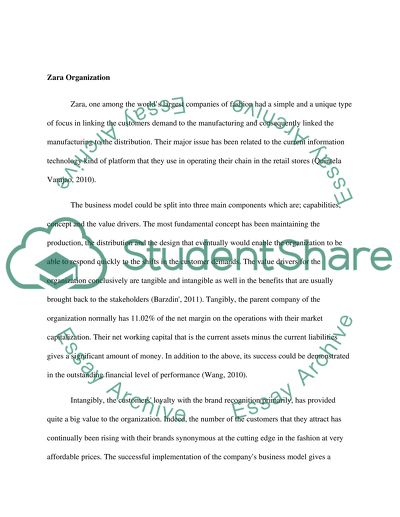Cite this document
(“Strategic Information System Essay Example | Topics and Well Written Essays - 2000 words - 1”, n.d.)
Retrieved from https://studentshare.org/information-technology/1689526-strategic-information-system
Retrieved from https://studentshare.org/information-technology/1689526-strategic-information-system
(Strategic Information System Essay Example | Topics and Well Written Essays - 2000 Words - 1)
https://studentshare.org/information-technology/1689526-strategic-information-system.
https://studentshare.org/information-technology/1689526-strategic-information-system.
“Strategic Information System Essay Example | Topics and Well Written Essays - 2000 Words - 1”, n.d. https://studentshare.org/information-technology/1689526-strategic-information-system.


